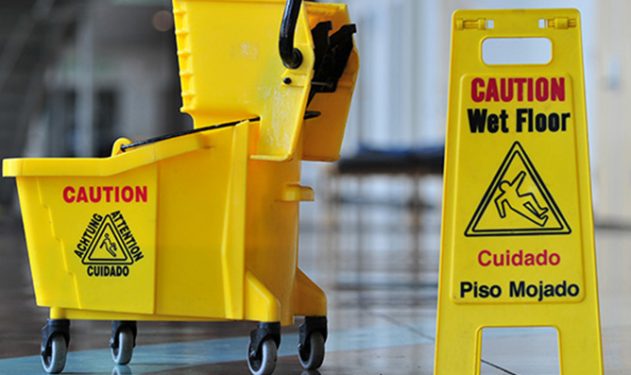In your home, you can make every effort to make the environment safe with features like smoke detectors, carbon monoxide monitors, slip-proof rugs, and more. The moment you step out of your home, you assume some risk. That’s because you’re no longer in complete control. You can’t be held responsible for a reckless driver or negligent property owner.
Some activities outside your home require you to acknowledge the risk by signing a waiver. That waiver is intended to absolve the property owner or event promoter from any liability in case you get injured. For instance, if you sign up for a zip line while on a cruise, you must sign a waiver. You would also sign a waiver for something less extravagant, such as a gym membership or skiing.
What happens if you get injured? Does signing a waiver affect a premises liability case? The answer depends on the nature of your injury and the extent of the waiver.
How to Bypass Liability Waivers
If you’ve been injured on someone else’s property because of the owner’s negligence, you’re entitled to seek a remedy for any losses, such as medical expenses or lost wages. If you’ve signed a liability waiver, you and your attorney need to prove that the waiver is either unenforceable or invalid. There are several factors that could render a liability waiver unenforceable. For example:
Gross Negligence
Certain waivers contain language protecting the premise owner from normal negligence. Gross negligence is a separate level that goes well beyond a negligent act. For instance, if you sign a waiver at a trampoline arena but the owner ignores inspections and the trampoline breaks, causing you to break your leg, you could sue for gross negligence.
Willful Harm
If the owner of a venue or their employee intentionally harms you as you engage in the activity for which you signed the waiver, that waiver can be rendered moot. A waiver protects the owner or staff up to a certain point but doesn’t give them unconditional protection. You are entitled to reasonable safety and not to be injured. For instance, you could sign a waiver to go roller skating, but if a security guard intentionally pushes you, causing an injury, it could be considered a willful act of harm.
Unconscionable Terms
Most folks sign a waiver without really reading the document. If there is an injury, that document will be scrutinized by your attorney to see if there are any issues in the “fine print” that could render the waiver invalid. There is also the issue of who signed the waiver, which needs to be considered. According to Kansas law, minors cannot enter a contract. If they sign a waiver, it is not enforceable.
Violation of the Law
A business is not required by law to have customers sign a waiver. That is done for the business owner’s protection. What a waiver can’t do is supersede a state or federal law. Those are the laws that take precedence over any waiver.
Filing a Claim
Getting into an injury after signing a waiver can still provide you with a path to seek compensation to cover your losses. The waiver might add an extra challenge, but it is not insurmountable. These are the steps you need to take to file your personal injury claim.
Step 1: Gather Evidence
Your claim filing process begins with gathering all the relevant evidence. You should have photos of the environment where the injury occurred. You should also have photos of your injuries. You also need to collect any witness statements, copies of an incident report, and pertinent medical information.
Step 2: Talk With an Attorney
It is essential that you understand all your options regarding your claim. That includes understanding the restrictions of the waiver you’ve signed. An experienced attorney, like the Prochaska, Howell & Prochaska LLC team, can examine the waiver and explain any limitations. If they recognize that your claim has merit, the attorneys will take the lead in the next steps.
Step 3: Negotiate With Insurance Carriers
There can be two tracks of negotiations that your attorney will be involved with to help the claim process. The first is with the company and owner. Your attorney will present the compelling arguments that support your version of how the injury happened and how it has impacted your life.
In addition to the at-fault company, your attorney will also need to negotiate with the insurance company, which might eventually pay out the settlement reward. If those negotiations don’t result in a fair outcome, your attorney might advise you to go on to the next step.
Step 4: File a Lawsuit
When there is a denial of your version of the incident or an unfair offer is presented, filing a lawsuit might be the only option to achieve a remedy. If you opt to proceed with the lawsuit, your attorney will file the appropriate documents. They will prepare the evidence and your testimony to present to a jury.
Bottom line: Signing a waiver does not automatically end your pursuit of compensation for your premises liability injuries. It will help to get the support of Prochaska, Howell & Prochaska LLC. We’re standing by to hear what happened.



